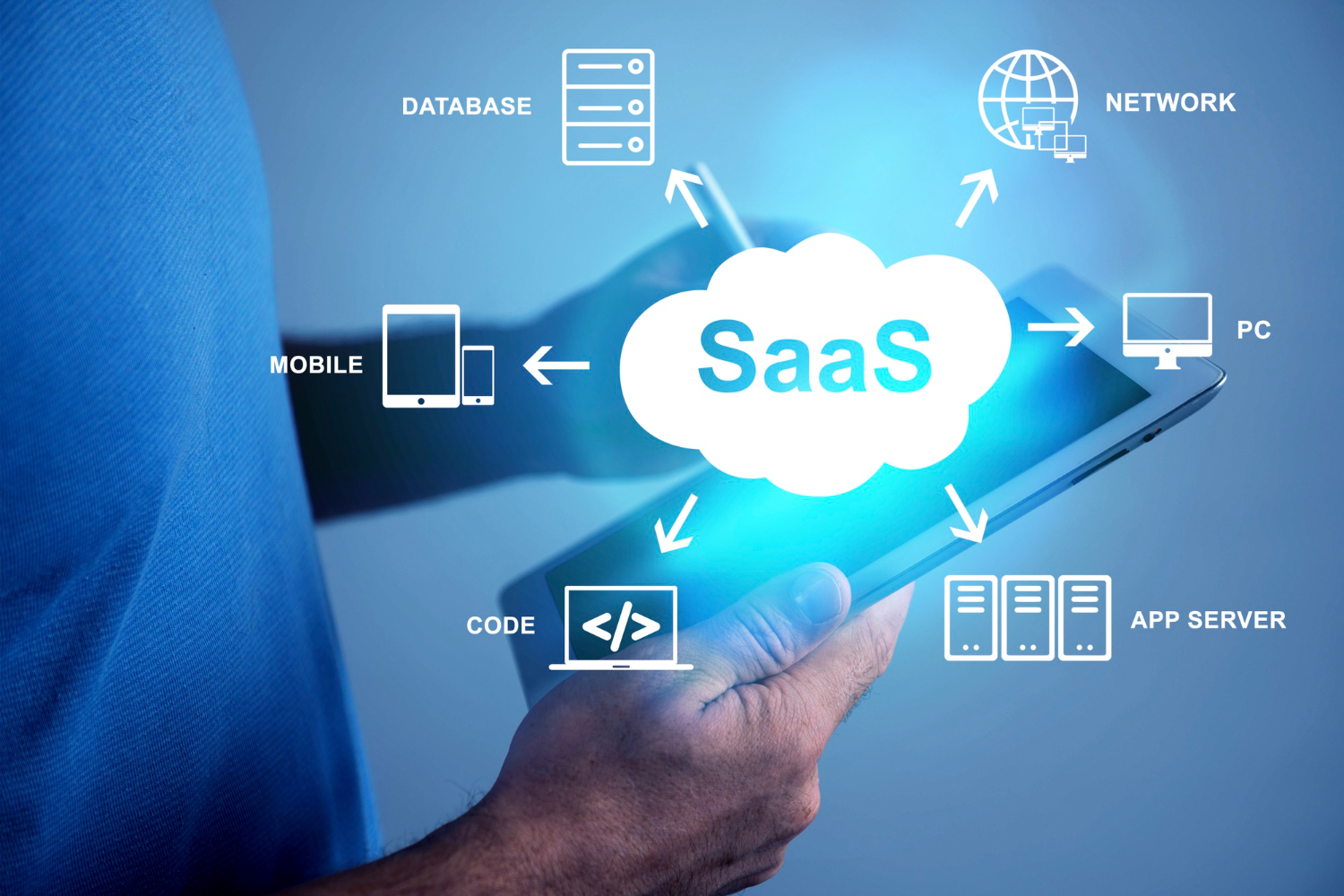For a SaaS business, the quality of website design is critical to the success of the company. It is well-thought-out and designed to meet the requirements of its users and web visitors. However, for those that provide products and services that are abstract and intangible, it is even more challenging to build a beautifully designed website. It may be hard to meet consumers' requirements while also thoroughly describing your product or service.
Fortunately, there are many techniques you can use to guarantee that your web page is visually appealing, succinct, and delivers visitors with the critical information they need as soon as possible.
What Strategic Elements Your SaaS Website Should Have?
Include specific elements on your site to bring success with its design. These components will assist potential consumers in understanding who you are, what you do, and how you can assist them instantly upon the first contact with you.
A Hero Element
Whatever your hero element is, it must be able to grab the attention of your visitors from the first moment they arrive. Whatever you choose, whether it's an image carousel, a static picture, or a video, it must elicit an emotional reaction from those who are visiting your website.
The hero element must allow visitors to comprehend your brand while simultaneously reinforcing your headline in real-time. Videos are viral since they can effectively communicate your message in a fraction of the time it would take you to describe your product using words and photographs.
Because people must engage with these hero components, they should be built to encourage visitors to click on the information and pay attention to it. Ensure all hero material is visible above the fold and that any buttons or navigation bars are visible.
A Compelling Headline
Every SaaS business relies on a compelling and descriptive headline that effectively communicates your value offer to prospects. When creating a headline, think about the problems and requirements of your target client. To create a clear heading, you should try to connect what your company does with its address.
A Call to Action
A call to action is, without a doubt, the most essential SaaS web design component to include. Any software website aims to direct users to the next stage in the sales funnel, and to do this; visitors must demonstrate some degree of interest in the product or service.
Your call to action should be clear and concise, and it should emphasize the advantage that the user will get as a result of taking the necessary action. For example, if you're giving away a white paper in return for the visitor's email address, a CTA that says "claim your white paper now" would perform better than a more general CTA that says "download."
A Live Chat Feature
The bulk of your potential clients will have questions about what you're providing since the world of SaaS may be a little vague and challenging to measure. A virtual representative is an excellent tool for establishing a direct contact channel with prospects in real-time.
When visitors have their initial encounter with your website, they are likely to have several queries that a chatbot will be able to answer quickly. They can assist you in establishing a standard that demonstrates how much your company appreciates customer service and open communication. Try to make your chat feature as inconspicuous as you can. Some businesses have big and unwieldy chat windows that appear without the user's permission, which results in a poor user experience.
Social Proof
Numerous studies have shown that individuals are far more inclined to believe the information they get from trustworthy sources than believe advertising messages. Social proof is the most effective method to give authority and credibility to your firm in the marketplace; it is one of the essential things a SaaS company can have to succeed in the industry.
Social evidence may manifest itself in a variety of ways. Adding testimonials or social media postings as social proof is preferred by some businesses. In contrast, others like to include the logos of authoritative magazines they have featured or the names of any significant clients with whom they have worked.



